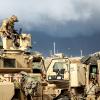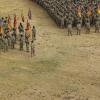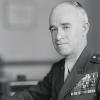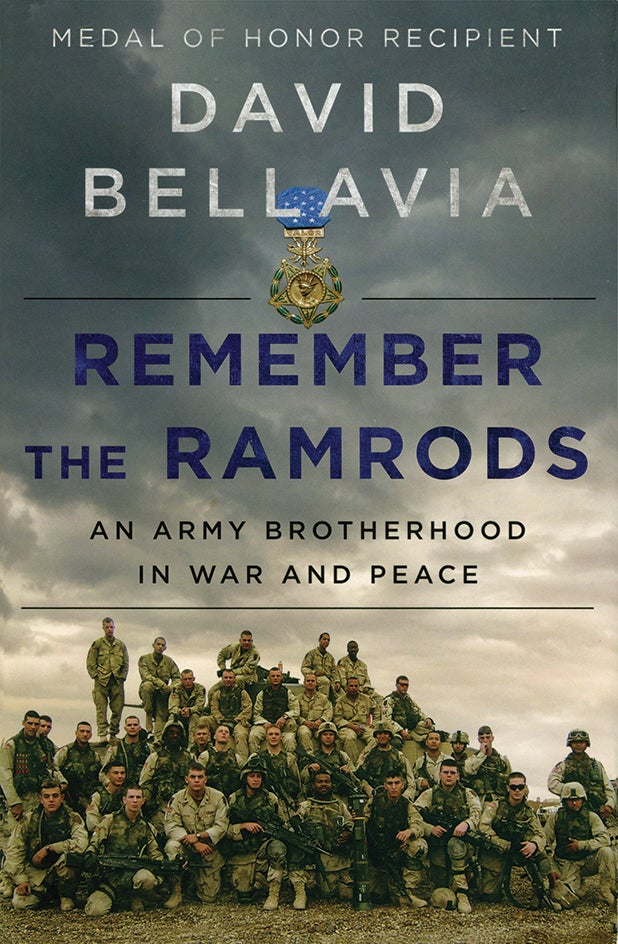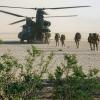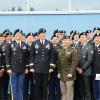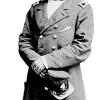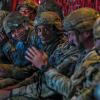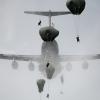The Army is in the midst of a generational transformation to ensure it maintains the capability and capacity to deter adversaries, campaign effectively, respond to crises and, if required, win decisively in combat. This transformation to a multidomain-capable force will change not only how the Army fights, but also what it fights with and how those future systems and equipment will be sustained and maintained in a contested environment.
The materiel enterprise is at the forefront of transformation efforts, rethinking how the Army provides logistics and sustainment support, to build the...


